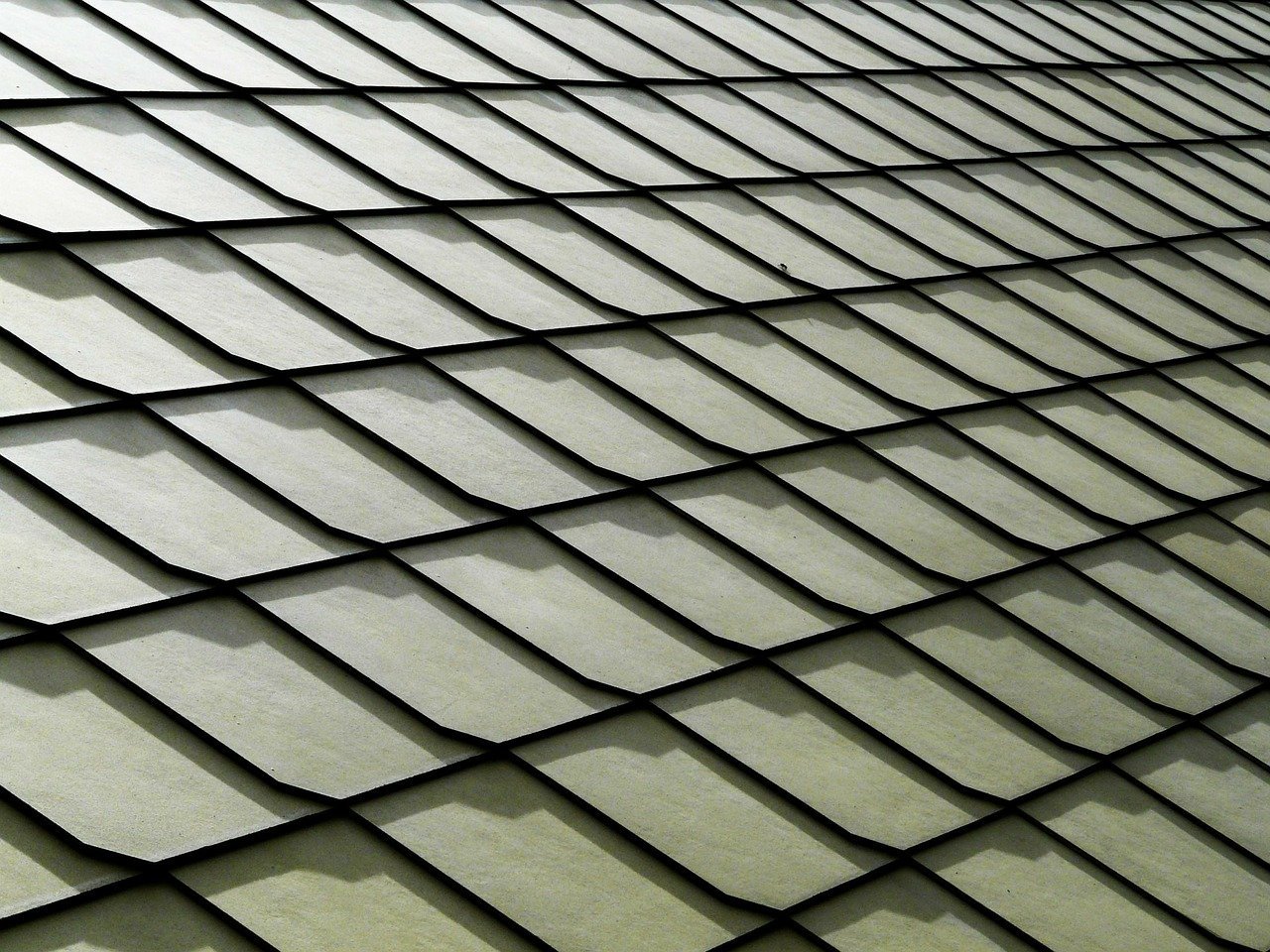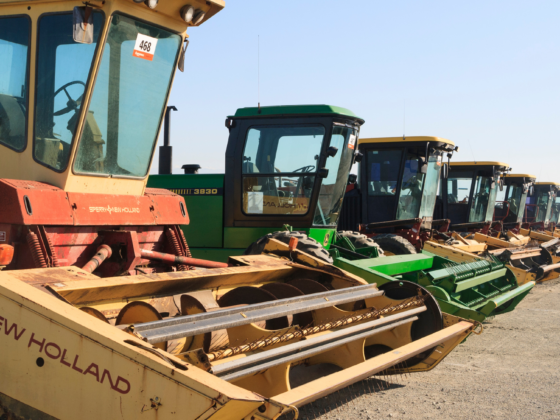Table of Contents Show
The roof is one of those parts of the house that you don’t tend to think about that often unless there’s a serious problem. A problem like a constant leak you have to contain.
Or, the roof is a color or style so hideous that it’s offensive to your eyes to see it day in and day out.

Whatever the issue is that drives you to seek out newer rooftops, you need to know what different types of roofing are available to you today.
We hope that our guide to 9 distinct possibilities will provide you with some inspiration for your next home remodeling.
1. Unleash the Sun’s Power with Solar Tiles
Whether you have a flat or pitched roof, you can benefit from this marvel of modern technology. The most recent models of solar collectors can blend with any shingles you already have.
These collectors then generate as much as a kilowatt of energy for every 100 square feet.
Do you want to reduce your carbon footprint by swapping to solar? Will your Homeowner’s Association not allow you to install solar panels? If so, then this may be the perfect option for you.
However, you should keep in mind that these tiles are more expensive than traditional solar panels. Take that into account when you budget for your remodeling.
2. Slate Shingles: An Oldie but Goodie
Slate shingle roofs are one of the oldest types of roofs still used in houses today. With good reason, as they can last for a nice, round century or more if cared for properly.
Slate shingles must get installed one tile at a time. This makes for a slow and often expensive roof replacement process. If you want a more accurate quote, call these Experienced Roofing Contractors today.
However, in that investment, you receive a roof resistant to moisture, mold, and fungus. Slate also won’t burn as easily as wood or synthetic materials, making it a more durable option.
However, the slate can become broken with too much weight put on it. If you live somewhere that experiences a lot of hail, then slate may not be the best choice of all roofing materials.
Read Also:
3. Metal Roofs: Not Just for Cats on Hot Days
All joking references to age-old plays aside, metal roofs have a place in both the residential and commercial industries.
Roofs made from this material can last for up to sixty years, and come in either shingle or panel format. The single-seam panel format sees the most use with commercial buildings, while metal shingles appear more in residential areas.
Of all the different types of roofs, metal can withstand the worst weather. It sheds rain and snow and resists the force of high winds. It also won’t burn.
Plus, you can install metal over any of the existing types of roofing that you may have. This can make it one of the more affordable options. However, any impacts on the metal from rain or hail tend to get very loud.
4. Want a More Natural Look? Consider Wood Shake or Shingles
Do you vibe with a more bohemian chic aesthetic? Are you looking for something that feels more like a cabin or hobbit house, without leaving all the serenity of the suburbs?
If so, and if you have the cash to burn, a wood shake roof is a perfect fit for your needs. Wooden roofs look absolutely stunning, which makes them a premium choice for a luxury home.
However, they pay for this beauty with a short lifespan and severe vulnerabilities to both water damage and fire.
Whether you opt for the more precise shingles or the wedge-like shakes, you’ll get pieces made from hearty natural woods. These woods include cedar and redwood, though other options are available.
In dry environs, you could get 60 years out of a wooden roof. However, in most environs with moisture, you’ll be lucky to get 30 years from one.
5. Clay and Ceramic: Ancient Tools Given Modern Use
If we look at the types of roof materials with the most longevity, one need only see how many clay-tiled roofs of ancient houses still hold their structural integrity. A well-put-together clay or ceramic roof can last for much longer than a century.
Roofing styles that use clay and ceramic tiles often leave the soil’s natural color, which is why so many clay roofs stick to a reddish-orange color scheme.
Since it’s made from earthen clays, it can add a more naturalistic feel to your home. Plus, it thrives in hot and salty environments.
This is part of the reason why clay and ceramic roofs are so popular in desert regions and along the southern coast. However, it is quite expensive, which may put it out of the price range of your next project.
6. Rolled Roofing, for Those With Tight Budgets
If you’re looking for roofing materials that can suit even the tightest of budgets, look no further. Rolled roofing is a mainstay of outdoor buildings, sheds, and other cheap constructions.
Where aesthetics and longevity aren’t a concern, this material can suit a variety of utilitarian buildings.
The roll used for this roofing is made from mineral-and-asphalt-impregnated materials that get topped with further mineral granules.
Each roll usually comes about 3 feet wide and contains somewhere around 100 square feet of material. They’re large and thin, which makes for a fast, convenient application process.
If you needed the roof done yesterday, and you don’t have a lot of money to spend, rolled roofing is a lifesaver. However, be warned: This roofing only works on sloped roof structures, not flat ones.
7. Concrete Tiles to Break Up the Concrete Jungle
You can consider concrete tiles as the cooler, newer, less long-lived sibling to clay and ceramic roof tiles. Why is that? Well, of all the types of roofing, concrete offers the most similar advantages to clay.
It’s quite weather-resistant and offers even better protection against the wind than clay. This is due to its extreme weight, as concrete gets heavy in a hurry.
Since concrete is easy to mix, you can get these roofs in a wide variety of decorative colors. Some even have a decorative coating applied to the tiles once they’ve dried.
Even better, they cost a third of what a clay roof might cost you and only lose half the lifespan.
8. Greening Up Your Home With a Green Roof
Are you looking for even more ways to reduce your carbon footprint? Did our earlier talk of hobbit-holes pique your curiosity? If so, then you need to hear about the latest and greatest roofing trend to hit the market: The living roof.
Most people see moss or plant life on a roof and presume that the homeowner can’t be bothered to take care of their property.
However, with these roofs, the existence of the plants is the point. They can help remove pollutants from the air and absorb rainwater.
Even better, they provide thermal insulation to your home, saving you money on energy bills. The costs for these roofs can vary widely based on how much weight you want them to support.
However, keep in mind that some building codes forbid this type of roof. Check your local codes before you start construction!
9. Membrane-Based Roofing
When you think of a membrane, you usually think of something permeable, not a roofing material. However, membraneous roofing can be a good choice for flat or low-pitch roofs that need to get applied quickly.
The most common type of membrane-based roofing is EDPM, which is sometimes also called rubber roofing.
It, like asphalt rolled roofing, can get applied in large sheets, thus reducing the chance for leaks and other exposure. However, of all the roofing types, this is one of the shortest-lived.
With a membrane-based roof, you’ll get at most 35 years of use, and only if it gets the proper maintenance.
Looking for More Information About the Types of Roofing?
We hope that our guide to 9 popular types of roofing gave you some ideas for your next major roof remodeling.
Remember to consider your budget, how long you need the roof to last, and how you want the roof to look during your process. If you do that, then you’re sure to find the right fit.
Did you find this article helpful? Would you like to read more like it? If so, then check out our blog! We update each day with more handy and educational home improvement articles like this one!










